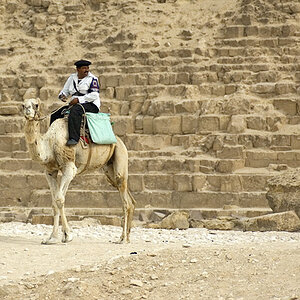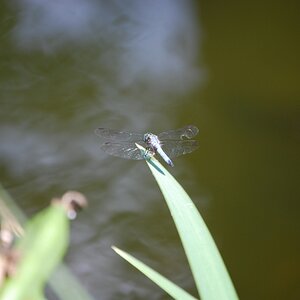AUZambo
TPF Noob!
- Joined
- Jan 14, 2007
- Messages
- 573
- Reaction score
- 6
- Location
- Birmingham, AL, USA
- Can others edit my Photos
- Photos OK to edit
I've been interested in infrared photography for a little over a year and was thinking about putting an IR filter for my Sony A100 (67mm fliter) on my x-mas list. As I looked around B&H's site it appears that you not only need the filter, but also a special infrared film.
After doing a quick search, I see that DSLRs have a special filter between the lens & the sensor to block infrared light...and I definitely don't want to do away with this until I have butt-loads of money to afford buying a second DSLR and turning the old DSLR into strictly an IR-DSLR. What affect will the screw on IR filter have if I don't remove the IR filter in the camera body?
Thanks!
After doing a quick search, I see that DSLRs have a special filter between the lens & the sensor to block infrared light...and I definitely don't want to do away with this until I have butt-loads of money to afford buying a second DSLR and turning the old DSLR into strictly an IR-DSLR. What affect will the screw on IR filter have if I don't remove the IR filter in the camera body?
Thanks!
Last edited:


![[No title]](/data/xfmg/thumbnail/35/35869-2e4166624c383d0d2dec81e5b0f6e5dd.jpg?1619737196)

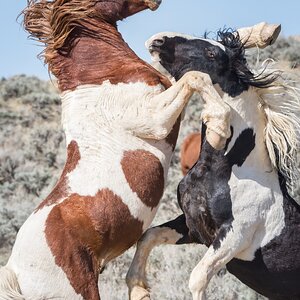

![[No title]](/data/xfmg/thumbnail/34/34115-73b827c6a6db1413dcead11e4caaae69.jpg?1619736285)
![[No title]](/data/xfmg/thumbnail/35/35880-9a6926237907ab72b42781d9a09698a6.jpg?1619737209)
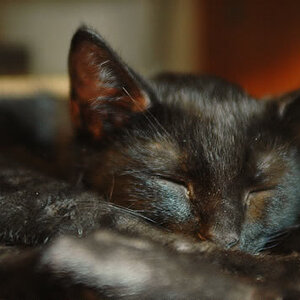
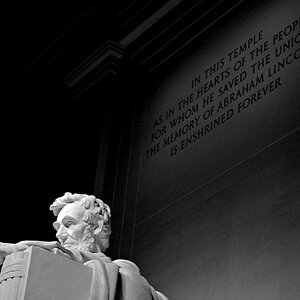
![[No title]](/data/xfmg/thumbnail/35/35877-b537a0bce18fcb18b610d787610f3d3d.jpg?1619737203)
